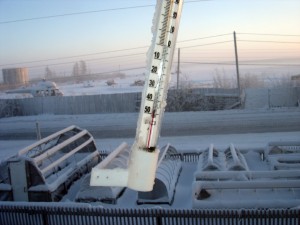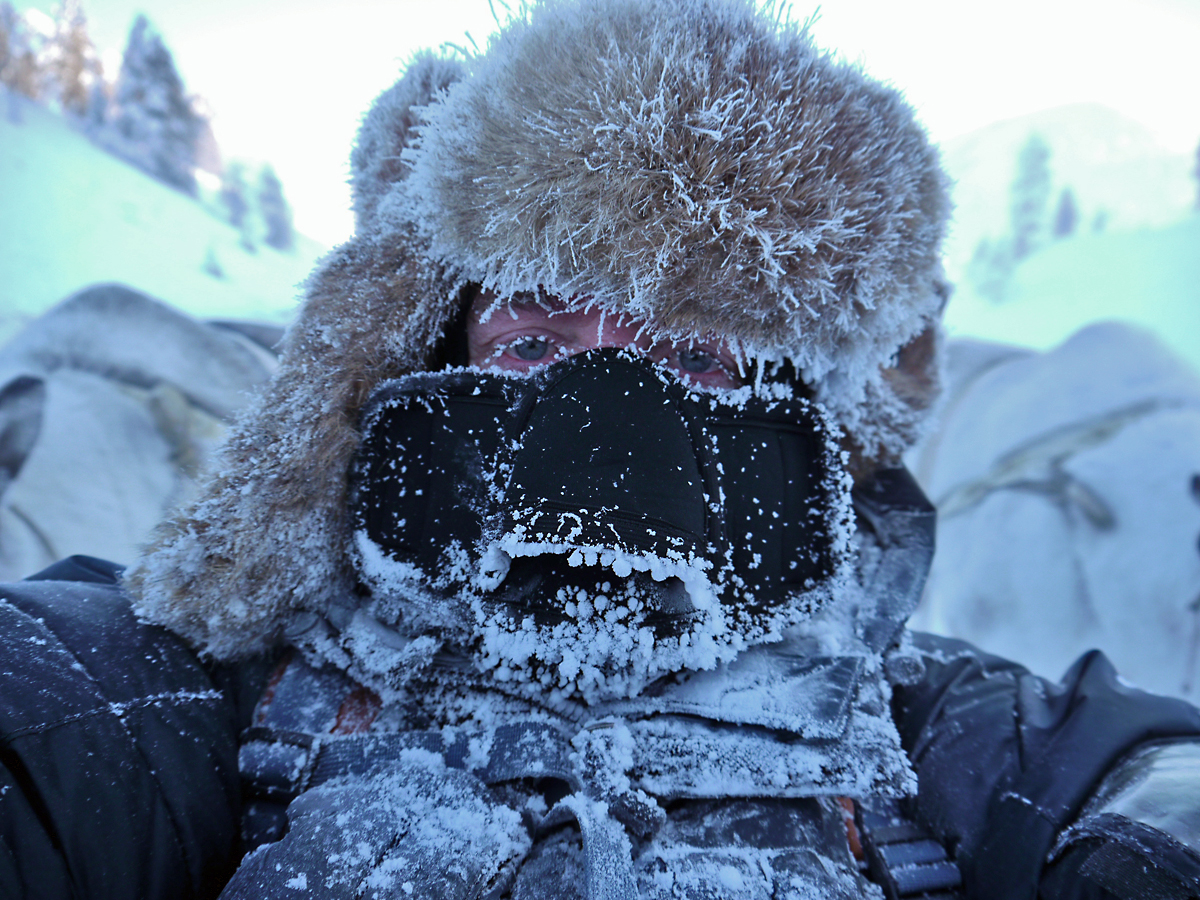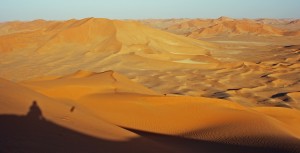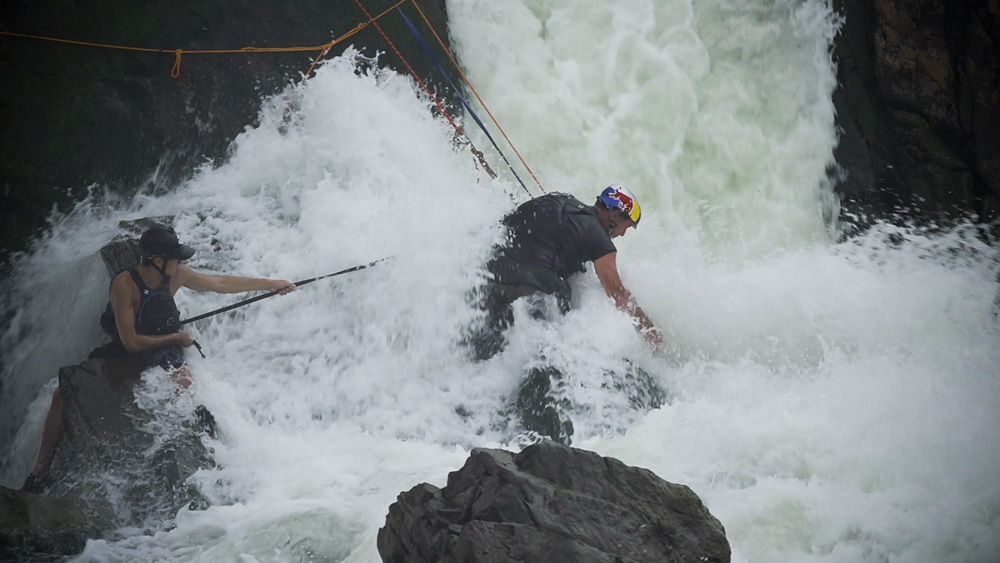Wikipedia describes Oymyakon likes this:
“In 1924, Russian scientist Sergey Obrychev registered the lowest temperature −71.2 °C (−96.2 °F). On February 6, 1933, a temperature of−67.7 °C (−89.9 °F) was recorded at Oymyakon’s weather station. This is the lowest recorded temperature for any permanently inhabited location on Earth. It is also the lowest temperature recorded in the Northern Hemisphere. Only Antarctica has recorded lower official temperatures (the lowest being −89.2 °C (−129 °F) near the Russian station of Vostok).”
There´s no doubt that people in general are more fascinated by extreme cold than heat. Even among the natives of these areas. I have noticed when I tell people living in the deserts about the extreme cold, they are utterly almost unbelieving and I would say nearly in horror of the stories I tell. Like when the temperature dips to minus 60 degrees. At such times mercury freezes solid and brandy becomes the consistency of syrup. It is so cold that trees explode, blue sparks fly from falling timber and when somebody exhales, their breath is transformed into a shower of ice crystals, followed by a tinkling sound referred to as “the whispers of the stars”. This icy whisper was experienced by almost three million prisoners deported to the most feared of Stalin’s work camps: the Kolyma Gulag, the Auschwitz of the Soviet Union.

When, like I did during this visit to the Even reindeer herders, which I will tell you about soon, I gave them the speech about the heat, something like this:
“The highest temperature ever measured is 57.8 degrees Celsius. This was registered in the oasis of Al´Azizia in the Libyan desert in the year 1922. Scientists appreciate that the actual temperature at ground level was closer to 66 degrees Celsius. Which is not all that unusual in the hottest and largest desert on earth. But to a human being this extreme temperature is not only unbearable – it is lethal. Breathing is a struggle; your throat is dry, sore and hurting. The sunlight is so strong you have to close your eyes not to turn permanently blind. Sweat is pouring even when you are sitting still and if water consumption is less than 1,5 litres per hour, cramps, sunstroke and a gruelsome death will eventually follow. Worst of all, it is impossible to think; decision-making is out of the question. Not surprisingly, considering the brain stops to function when reaching 45 degrees.”
Well, they can understand it to some level, because even in Oymyakon, summer temperatures goes as high as 45 degrees Celsius. But I personally have always feared the heat more, even if the pain involved in freezing is much worse, at least in low temperatures you have something to drink or some way to get moisture down your throat. In the shape of snow or ice. In the deserts, there´s often nothing. The discomfort is so much worse! Therefore, when Jegor picked me up in his jeep in the morning for the long drive to Oymyakon, the outdoor temperature was minus 45 in Yakutsk, probably -55 in Oymyakon, I didn´t feel to worried, even though I still hadn´t figured out whether we would sleep outdoors in a tent with or without heating. I could stay awake in my sleeping bag a few nights, I was used to that from my Kolyma Expedition 2004-05. My only worry was my footwear, a couple of old TNF boots from 2004, well used. Jegor had already, repeatedly asked my if my footwear was good enough, and I had nodded a yes as an answer. He had said he didn´t believe my temperatures from the Kolyma, so I would show him, they where indeed true! I would survive, no doubt. I was more worried for Bolot, town boy as he was, not used to the outdoor style of living, since he had only jeans and was going to borrow a sleeping bag from somebody heading the other way on the Road of Bones, which was our route to Oymyakon. The other passengers, Yuri Berezhnov, who was going to do a small pilot of our trip, and Timmon, a friend of Jegor, a businessman who lived in Moscow, but was Yakut. As always in this part of the world, it turns out to be really great people.
We had at least 12 hours of travelling ahead of us on the historically evil named road, The Road of Bones. It was constructed in the Joseph Stalin era of the USSR by Dalstroy construction directorate. The first stretch was built by the inmates of the Sevvostlag labor camp in 1932. The construction continued (by inmates of gulag camps) until 1953. The road is treated as a memorial, because the bones of the people who died while constructing it were laid beneath or around the road. This name apart, I really felt good heading east for the coldest inhabited place on earth, because for years my love for this region and its people, had become like a nightmare and an extremely strong longing to return. Now, I was back and the first I saw was those tower like smoke chimneys from every house and the first villages we passed through, were identical with the one´s along the Kolyma. Low, in winter dark and empty, but closely built. We almost immediately saw the Yakut horses, Jegor´s passion in life, and beautiful animals of which he was doing a documentary about together with Jury.
As it should we traveled down on to winter roads on the rivers, speed was still high and most of the time we traveled listening to Yakut music played on maximum volume so to keep Jegor awake. Not that it was much traffic, the odd OAS or Kamaz, but the surrounding taiga has a sleepy feel over it and is dangerous for drivers. After four hours on good roads, we made it to a town called Handiga, a typical drab town put up in a hurry, as so many I saw along the Kolyma. Mainly a settlement with white Russians who has come to find some kind of a life or fortune in Siberia. In Handiga it was gold. We would see quite few abandoned one´s further up the road. As usual snow was almost black due to the coal stations and pipes where well over ground as usual.It felt like coming back to the Kolyma. Even the odd sour and sweet taste lingered over the whole settlement. We found a restaurant called Asia, but they had neither food or Asians, so we just had some cookies and continued. An old worker with silver teeth begged me for rubels to buy vodka, but I pretended not to understand, but Jegor gave him 25 rubels, enough for a shoot of the cheapest kind. Jegor wasn´t to happy with the Russians, which i fully could understand, since the communists had forbidden his culture and language and given them a harsh treatment throughout history and to some degree, still were. I liked him better by the kilometer!
Dark arrived early and we traveled in darkness and somewhere the road got worse and speed much slower and we stopped and had a leak somewhere in the middle of nowhere, where Timmon once had been a maths teacher and met his love, a blond Ukrainian who had given him three children. Since than he had made a fortune on doing good business. Import and export. I think it was around here were the mobile net left us and silence was pretty much total until we reached a bridge, turned onto a rough forest rode and traveled for a few kilometers until we saw smoke coming out of a balagan! The reindeer camp, the Even people and a the big adventure waiting!
See the photo portfolio from this visit at http://mikaelstrandberg.500px.com/






c est très dure de vivre la bas
A really great post, Mikael :)) Hello from Yakutsk!
Do you have pelletfuel available if so you need to see the new and only non electric pelletstove made by wiseway it would be a huge benifit to all who live there if they were availble.